
Sometimes we learn to repair ourselves.Sometimes it takes external forces to repair us.
I didn't expect to cry while watching Pixar's new film "WALL-E" today, but I did a couple times. Pixar continues to keep making great films. I give it 5 out of 5 stars.
Here are some of the ideas I implied from watching it:
- We're defined by the memories we keep and the memories we share with others.
- Some of our greatest assets are the memories we save and share.
- Some of the best parts of us are things we have not created by ourselves.
- Some of the best parts of us are the quality recycled parts of others that we've gathered along the way and incorporated into ourselves.
- You could live in the best place in the universe, but if you are alone, you are alone.
- You could live in the worst place in the universe, but if you are with others working with you, you can create the best of worlds.
- We are defined by who we've allowed to hold our hand.
- We are defined by those who have chosen to stay beside us during difficult times.
For many of us, our primary directive is not simply to pursue promoting a purpose or a place, but also to promote the pleasures of people close to us and in our community.
Stepping back and looking at the broader metaphors and themes of the primary characters in this story:
Wall-E was a robot programmed and built to gather everyone else's garbage by consuming it, taking it inside himself, then compacting it into a smaller box. With such a narrow build design and purpose, most, if not all of the other Wall-E robots fell apart and ceased to exist. Seeing the arc of their existence as simple garbage collectors who then shaped their refuse blocks in to orderly piles and walls (hence the name "Wall-E"), the Wall-E droids eventually died off as they stayed within their initially programmed purpose and did not learn to adapt and repair themselves.
Wall-E, at some point in his existence, took on broader purposes and followed his curiosities, becoming a collector of the best parts of whatever he admired in what others had thrown away or left behind. He found value in what others considered worthless and disposable. And instead of following his programmed directives and crushing everything he encountered into smaller boxes for disposal, he decided to separate out and save any items he encountered that showed signs of caring and ingenuity.
Instead of simply gathering and breaking things down into smaller and uniform boxes to fashion larger groups of boxes and boundaries, the cognitive breakthrough Wall-E discovered was this: He could do more than simply box and compartmentalize. Instead of simply following his basic
programming, he instead taught himself how to filter and preserve. He taught himself how to create new and functional items from what others considered to be old and disposable.
In a world of loneliness, he became a preserver of the best qualities of cleverness, engineering, resilience, and love. He collected fire, color, song, self-growing plants, indominable bugs, costumes, shiny objects, puzzles, dance, imagery, and everything else that might someday help others to recreate a new and beautiful world out of the world he knew was dying around him . . .
. . .a world he knew he could not rebuild better alone and on his own.
Wall-E realized he too would crumble and become disposed if he did not regularly re-create parts of himself, protect himself, and protect the best parts of others he discovered along the way.
Eve, a clear representation of feminine intelligence, power, determination, investigativeness, nurturing, and creation, comes along looking for signs of healthy and natural life. When she finds it, she takes it inside herself, protects it inside of her with a hardened and narrow resolve, like an egg shell around a growing embryo.
The intelligence of both characters is revealed as they adapt to the needs of everyone around them and take on more and broader purposes than the simpler and basic purposes for which they were originally programmed and designed.
- - - -
© All rights reserved by the respective artists.

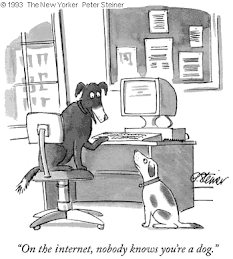



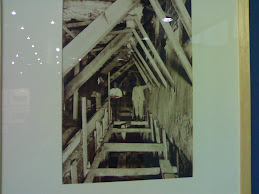


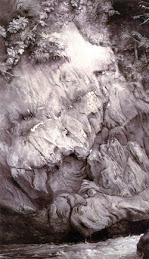





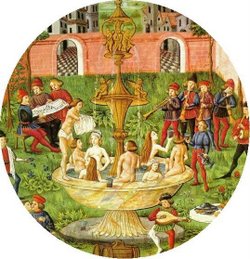

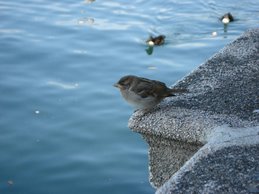




Nessun commento:
Posta un commento